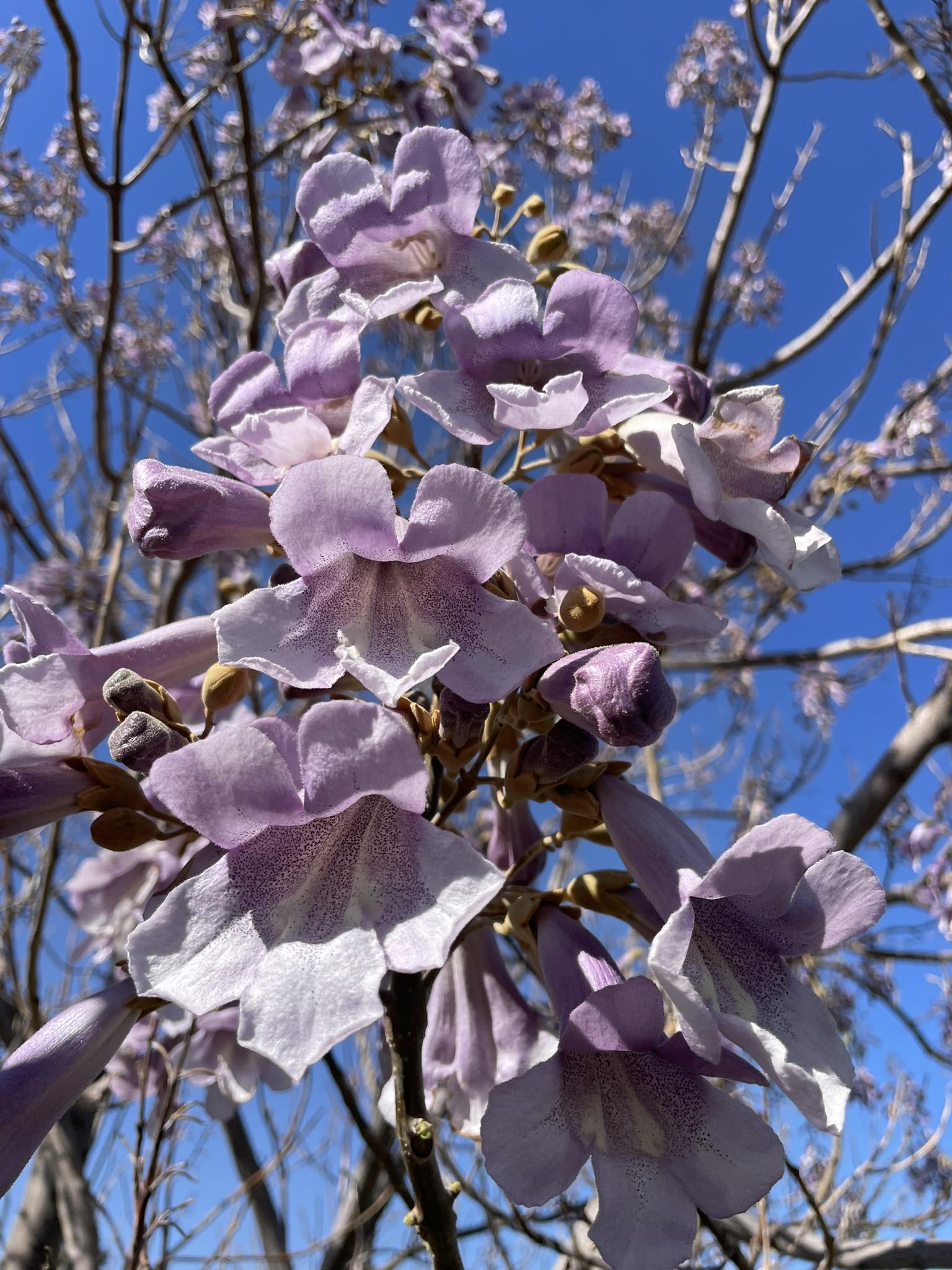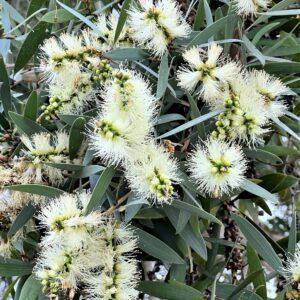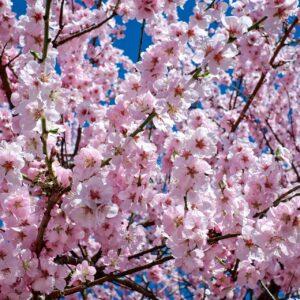Royal Empress Tree“👑 The Lavender Queen of Fast-Growing Trees
The Royal Empress Tree, scientifically known as Paulownia tomentosa, is a deciduous, ornamental flowering tree native to central and western China, but now grown in many parts of the world due to its rapid growth, breathtaking floral display, and versatile uses. It is often planted for shade, landscaping, reforestation, and even for high-value timber due to its soft yet strong wood.
This majestic tree can grow 10–15 feet in a single season under the right conditions, making it ideal for those who want to transform their garden quickly.
🌿 Botanical Overview
Scientific name: Paulownia tomentosa
Common names: Royal Empress Tree, Princess Tree, Foxglove Tree
Family: Paulowniaceae
Type: Deciduous flowering tree
Height: 30–50 feet (9–15 meters)
Spread: 20–40 feet (6–12 meters)
Leaves: Huge, heart-shaped (up to 12–15 inches), velvety texture
Flowers: Fragrant, trumpet-shaped, lavender to pale violet with yellow markings
Blooming season: Mid to late spring (before leaves appear)
Growth rate: Extremely fast (up to 15 feet/year in ideal conditions)
☀️ Climate & Light Requirements
Sunlight:
Needs full sun (at least 6–8 hours daily) for best flowering and rapid growth
Temperature range:
Thrives in 15°C to 35°C
Hardy in USDA zones 5–9
Tolerates temperatures down to -20°C once established
Humidity:
Prefers moderate humidity, tolerates dry air
☀️ The tree is heat-tolerant and frost-hardy, making it suitable for a wide range of climates.
💧 Watering Needs
Young trees (first 1–2 years):
Water deeply 2–3 times per week
Keep soil moist but never waterlogged
Mature trees:
Water once every 7–10 days in dry periods
Drought-tolerant but appreciates supplemental watering during hot seasons
💧 Avoid overwatering — the tree dislikes soggy roots, especially in heavy soils.
🌱 Soil Requirements
Type:
Prefers well-drained, fertile soil (sandy loam is ideal)
Avoid compacted or clay-heavy soils unless improved with sand/organic matter
pH: Slightly acidic to neutral (5.5–7.0)
🌿 Adding compost, leaf mold, or manure improves early root development.
🌾 Fertilizer & Nutrient Needs
Planting time: Mix in compost or aged manure
Annual feeding:
Use a balanced fertilizer (10-10-10 or 20-20-20) in early spring
Additional feeding in midsummer promotes lush leaf and flower development
🌱 Avoid excess nitrogen, which promotes foliage but reduces flowering.
✂️ Pruning and Maintenance
First year:
Cut back to the ground in late fall or early spring (called coppicing) to encourage a single, thick trunk and vigorous new growth
Ongoing pruning:
Remove suckers, low branches, and crossing limbs
Shape for structure or keep as a multi-trunked ornamental
Self-cleaning: Old flowers and leaves fall naturally, but cleanup may be needed
🪓 Pruning also prevents unwanted self-seeding in regions where the tree is invasive.
🌿 Propagation
Seeds:
Germinate easily but may produce variable offspring
Collect from dry seed pods in fall
Root cuttings or suckers:
Reliable method for cloning existing trees
Dig up a root section and plant in sandy soil
Tissue culture and cloned hybrids (e.g., Paulownia elongata, Shan Tong) are used commercially for timber
🌱 Trees grown from root cuttings bloom faster than seed-grown plants.
🐛 Pests & Diseases
Generally pest- and disease-resistant, but possible issues include:
Canker or root rot in poorly drained soil
Leaf spot during humid conditions
Occasional attacks by aphids or scale insects
🛡️ Neem oil or insecticidal soap handles minor infestations.
🌸 Uses and Benefits
Ornamental: Showy flowers, lush foliage, quick shade
Timber: Light, strong wood used in furniture, surfboards, musical instruments
Reforestation: Rapidly reclaims degraded land
Wildlife: Flowers attract bees, butterflies, and birds
Air purification: Known to absorb CO₂ quickly
🌍 Its fast-growing nature makes it ideal for carbon sequestration projects.
⚠️ Invasiveness Alert
In some regions like the southeastern USA, the Royal Empress Tree is considered invasive due to rapid self-seeding. To prevent this:
Remove seed pods before they open
Avoid planting near natural forests
Use sterile cultivars if available
✅ Conclusion
The Royal Empress Tree is a spectacular, fast-growing solution for those who want quick shade, ornamental beauty, and low maintenance in the garden. With the right conditions, this tree can grow into a magnificent centerpiece, blooming each spring with lavender trumpets and casting a cool, leafy canopy in summer. However, it should be planted responsibly to avoid ecological issues.
“





Reviews
There are no reviews yet.